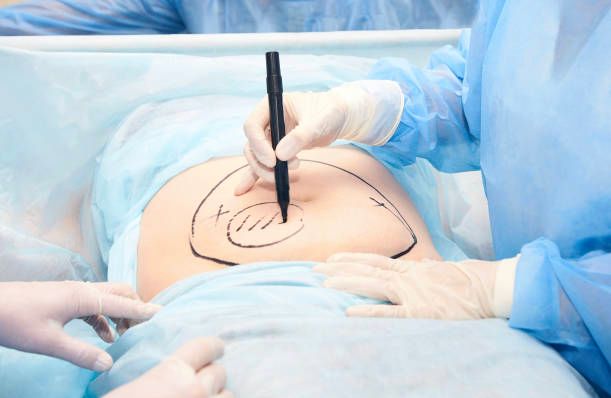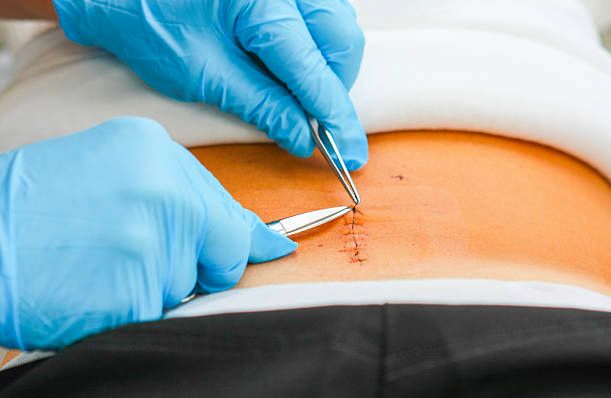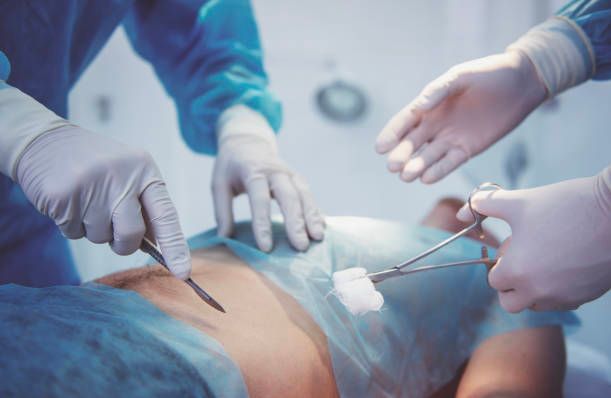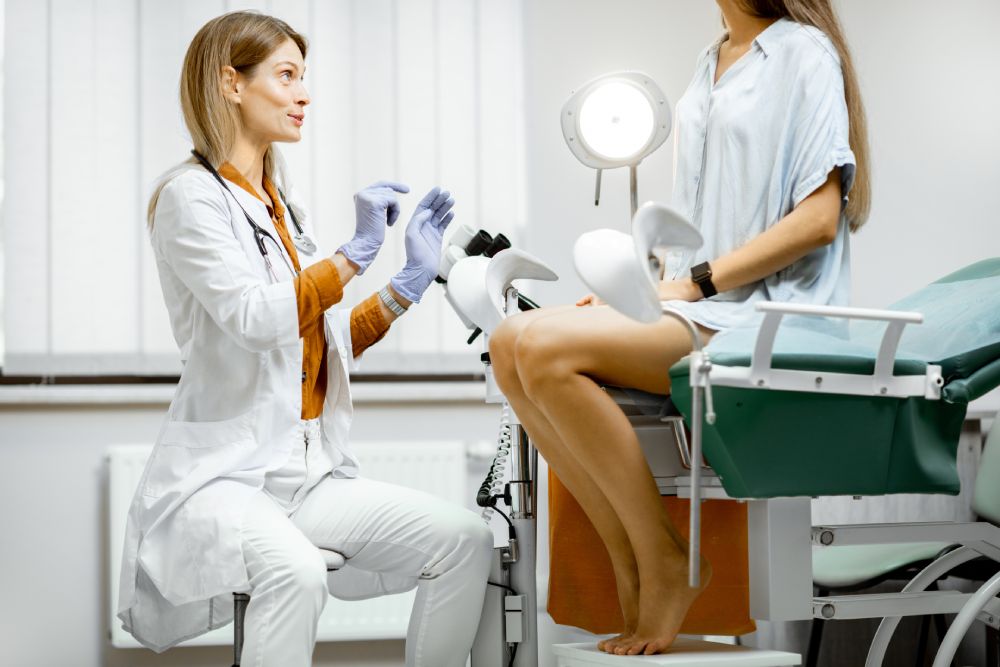Put an end to your gynecological pain

A robotic hysterectomy is your minimally invasive solution
Overview
A hysterectomy is the surgical removal of a woman’s uterus. is surgery can be done through small incisions using a thin, lighted scope with a camera on the end (a laparoscope). This is called a laparoscopic hysterectomy. Robotic assisted laparoscopic hysterectomy is a type of surgery that uses surgeon-controlled robotic equipment to remove the uterus. The computer station is in the operating room, next to the patient. The robotic arm allows the surgeon steady and precise movements. This type of procedure allows the surgeon to get into tiny spaces more easily and have a better view of the operational field than with conventional laparoscopic surgery. Robotic assisted hysterectomy may be recommended if you have a problem with your uterus that has not responded to other treatments. Indications for the procedure are heavy, painful periods, irregular periods, endometriosis, postmenopausal bleeding, uterine fibroids, pelvic pain and cervical dysplasia not amenable to removal by other means. Having a hysterectomy ends menstruation and the ability to become pregnant. Jason Neef, MD, performs most hysterectomies using the DaVinci robotic surgery system. With this procedure 1-4 small incisions are made in the abdomen to remove the uterus. A robotic hysterectomy is considered a minimally invasive procedure and usually takes about an hour. Most patients go home the same day with a for pain medicine to take at home. Recovery times varies from woman to woman but is usually around two weeks.

Benefits
A robotic hysterectomy is a form of minimally invasive laparoscopic surgery that utilizes a computerized robotic arm controlled by the surgeon to execute the delicate motions required by this procedure. By using the DaVinci system, Dr. Jason Neef, MD, recommends this surgery if you have a problem with your uterus that has not responded to other treatments.
This procedure is by far the best for the patient, providing several advantages to ensure that you have the best possible outcome. The benefits of a robotic hysterectomy as a replacement for an abdominal hysterectomy are many.
Be free of gynecological pain
A robotic hysterectomy resolves the most gynecological challenging issues
Total Abdominal Hysterectomy

Vaginal Hysterectomy


Laparoscopic Hysterectomy
Be free of worry and pain
A hysterectomy is the surgical removal of a woman’s uterus. Removal of her ovaries is sometimes performed but not always necessary. There are a variety of ways a hysterectomy can be performed. A robotic hysterectomy is performed for issues not resolvable by other methods. Dr. Neef performs most hysterectomies as a minimally invasive procedure using the DaVinci robotic surgery system.
Patient care
Robotic-assisted laparoscopic hysterectomy considered to be a safe procedure, with the same types of risks as any surgery. Surgery time may range from 1 to 3 hours. Depending on the reasons for your hysterectomy, the whole uterus may be removed or just the part above the cervix. The tubes and ovaries attached to the uterus may also be removed. Most patients go home the same day. The risks associated with the surgery are the same as any procedure involving general anesthesia such as the possibility of reaction to the anesthesia, infection, bleeding, and or damage to adjacent organs. After surgery, you will be taken to the recovery room to be watched as you recover from the anesthesia.

Why Dr. Neef is
the Best for Surgery
Dr. Jason Neef, MD, performs many surgical procedures for multiple gynecologic problems. He has had extensive training in robotic surgery. No need to travel miles away from home for an experienced robotic surgeon to perform your robotic hysterectomy. Dr. Neef is a skilled specialist who can meet your unique needs close by in the local comfort of your community.

A robotic hysterectomy surgeon is nearby
Experience the best medical expertise for robotic hysterectomy near your home.

FAQ
Most Popular Questions
-
Even performed as a minimally invasive robotic procedure, hysterectomy is still a major surgery that will require a brief hospital stay, and routine post-op physical restrictions.
-
Robotic Hysterectomy is a major surgery and recovery typically takes 2-4 weeks.
-
The side effect from the procedure is consistent with the side effects of a hysterectomy and menopausal issues if the ovaries are removed. Emotional and physical side effects can include the loss of the ability to get pregnant, cessation of menstruation, hot flashes, vaginal dryness, night sweats and insomnia.
-
Dr. Jason Neef is a highly trained physician who has specialized in gynecological surgeries. He is one of only a few robotic surgeons nationwide who can perform robotic hysterectomies. He is located in the DFW in Burleson, Texas at the
Texas Health Huguley Hospital Fort Worth South
Medical Office Building 3
11797 South Freeway, Suite 358
Burleson, Texas 76028 -
The weight gain is not cause by the use of robotic techniques, but as a result of a full hysterectomy, where the uterus, ovaries, and cervix were removed, becoming postmenopausal, contributing to weight gain after surgery.
-
Dietary modification COMBINED WITH appropriate pelvic floor safe exercise. Dr. Neef will work with you to recommend the best exercises for you.
-
After a hysterectomy, your small and large intestines, which are the largest organs near your uterus, will move to fill most of the space that your uterus previously occupied.
-
Pap test, also called a Pap smear, is a routine screening test for early diagnosis of cervical cancer. If you had a partial hysterectomy — when the uterus is removed but the lower end of the uterus (cervix) remains — a Pap smear may be recommended. If you had a partial hysterectomy or a total hysterectomy — when both the uterus and cervix are removed — for a cancerous or precancerous condition, regular Pap tests may still be recommended as an early detection tool to monitor for a new cancer or precancerous change.
-
You won’t be able to have children naturally after a hysterectomy, because the uterus (womb) is removed.
-
You will have smaller incisions than in an open type of hysterectomy. You may have less pain and a shorter hospital stay after surgery.


